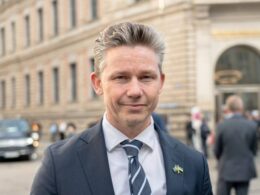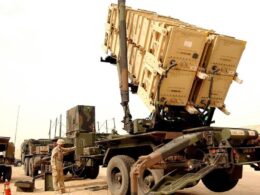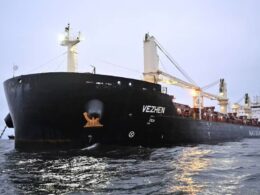On March 10, 2022, two inflatable motor boats left from the village of Sukholuchchia and headed for the left bank of the Kyiv Reservoir. Four-year-old Sasha and his grandmother were in one of them, fleeing Russian shelling and atrocities.
Sasha talked to his mother for the last time the day before, on March 9. He said he would see her soon.
The next day the boat sank.
The bodies of Sasha’s grandmother and another woman were found on March 11. They searched for a child, who went on his last journey in an orange life jacket, for more than a month.
“Today we found Sasha’s body,” Anna Yahno, his mother, wrote on Instagram on April 5. “I thank everyone who believed, who helped in the search, thank you for your prayers and faith, thank you for your support. Thanks to you, my son met me.” “.
Nobody flees in panic from the liberators. Peaceful people and children do not die at the hands of fighters against Nazism. Whole cities do not perish.
The tragedy of the Yakhno family overshadowed dozens, hundreds of stories with happy endings, which also need to be known.
In March, volunteers set up evacuation and humanitarian points on the shores of the Kyiv Reservoir. With the help of boats, food was delivered to isolated villages for several weeks. Elderly women and children were taken to safe places.
The UE visited the village Stracholissya [name means “Dreadful Forest” in Ukrainian], where about 2,000 people were rescued from the danger zone.
Tetiana
On March 12, Tetyana Bilash packed change of clothes and prayed. She neatly folded diapers, shirts, and diapers into a small bag.
“Our Father, which art in heaven,
hallowed be thy name;
thy kingdom come;
thy will be done in earth as it is in heaven.”
To the sound of cannonade and the roar of planes with red stars, a new heart beat and froze in fear in the pregnant woman’s womb.
Her house on Vatutina Street in Stracholiss was knocked on the night before: “It’s locals. Tanya, be ready. Get ready! No objections! We’ll get you out of here tomorrow.”
The plan was to transport the pregnant woman through the Kyiv Reservoir to the left bank, away from the occupied part of the Vyshhorod district. Then – get to one of the maternity hospitals in Kiev. A caesarean section was scheduled there before the invasion.
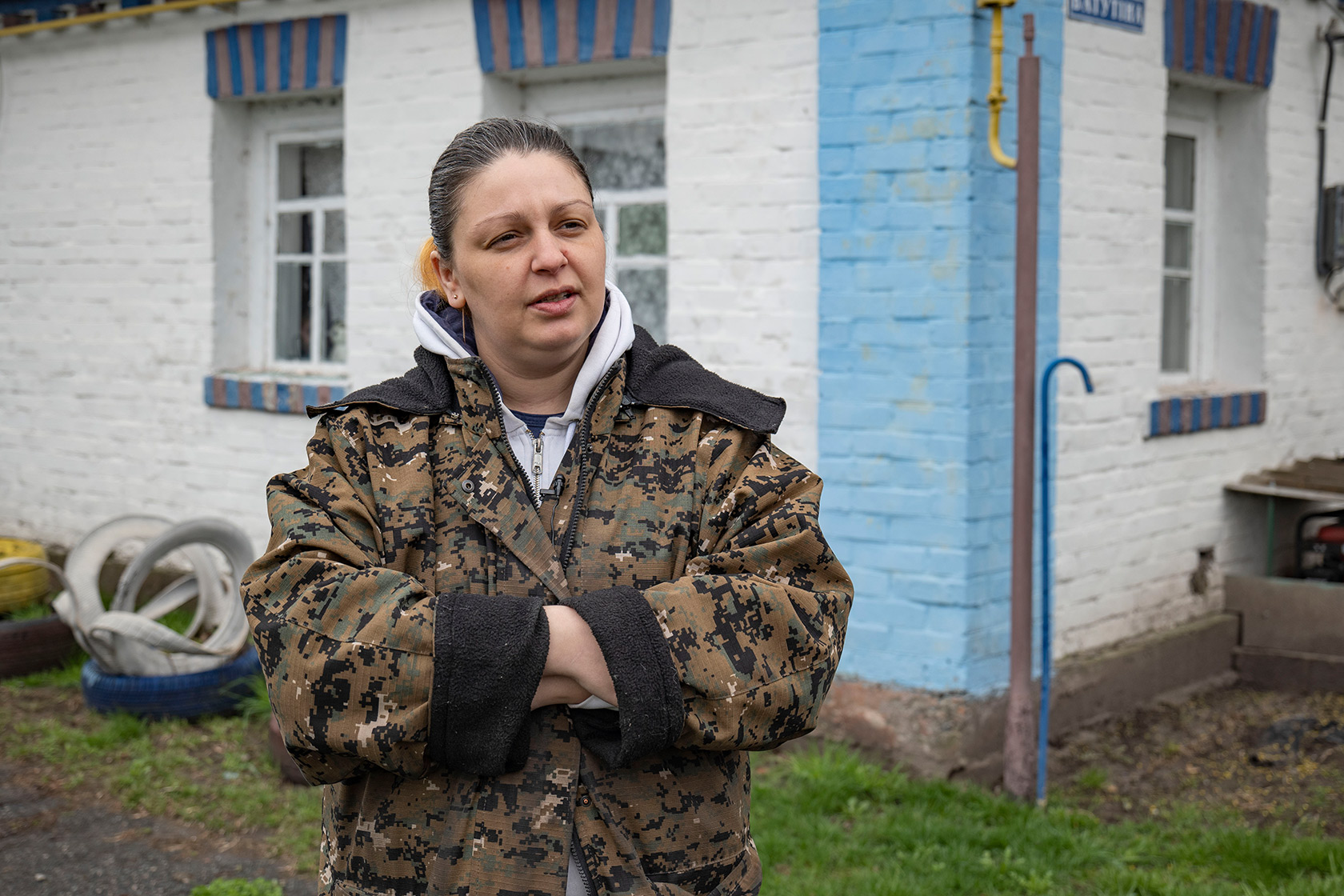
Together with Tetyana, three vacationers got on a test evacuation flight organized by fishermen. They came from the capital on February 23 but got stuck for two weeks surrounded by a horde that came from Belarus on the 24th.
At eight in the morning Bilash was on the pier. The ark set off at nine o’clock.
Strong winds and waves made them pray all the way: “Forgive us our trespasses, as we forgive those who trespass against us.”
“At that time there was ice, it was difficult to go to the sea [Kyiv reservoir],” – Tetyana remembers. – “I am very afraid to sail on a boat – my fear is enormous! Especially when the waves are big, I panic.”
“We sailed, breaking the ice, and I read “The Lord’s Prayer” all the time. We drove for about an hour and a half. We were looking for a place where they waited for me. Got a little lost. but landed. We were found and taken away.”
“It was very scary, because in those days drones were flying over us, planes were launching missiles. I was afraid that they would throw something at our heads.”
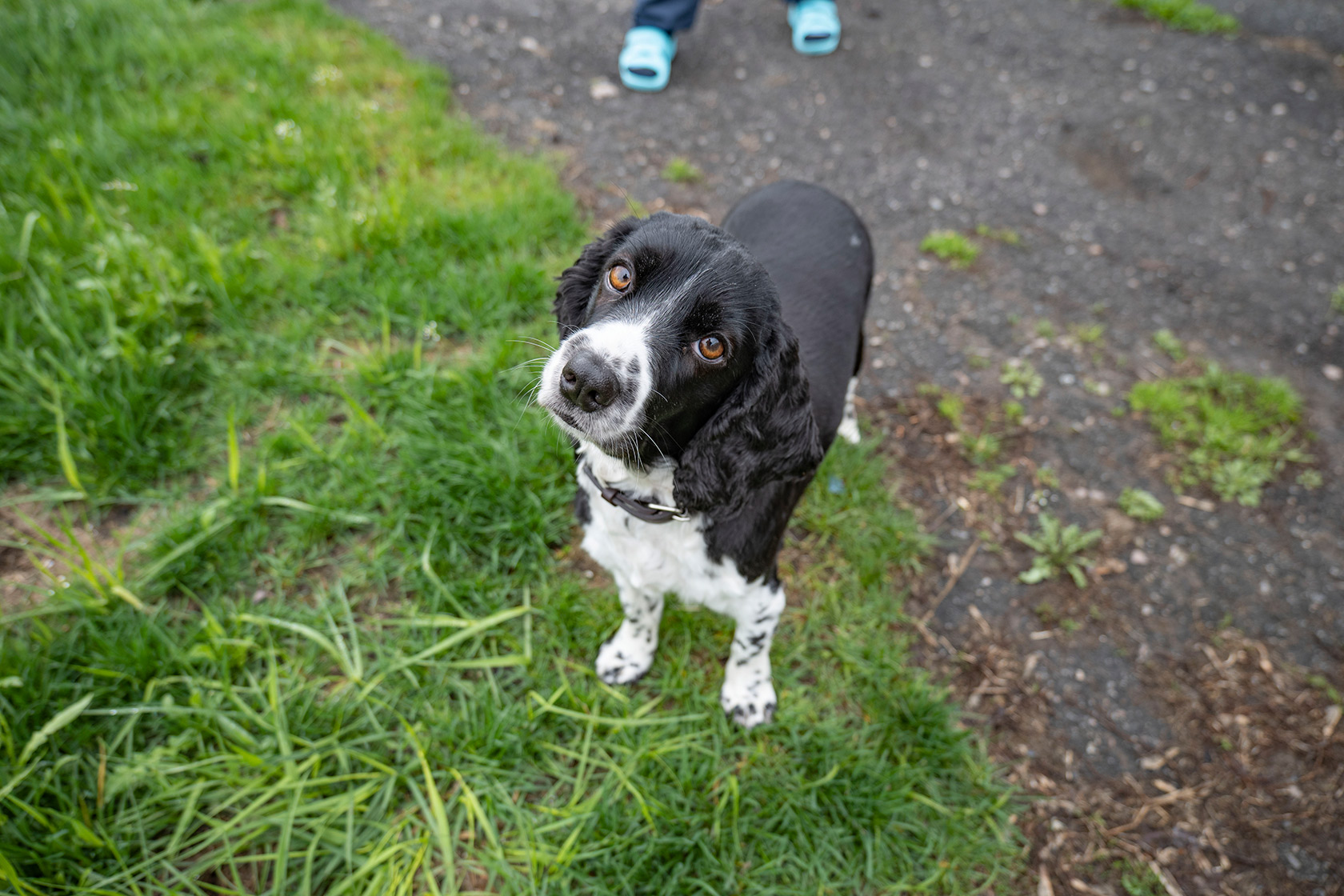
The fishermen wrapped the frozen Tetyana in a blanket. And then, when it was all over, they said, “She, poor thing, rode on that boat like a ball. We scared her with that ice and waves.”
Tetyana Bilash gave birth in the maternity hospital №2 on Mostytska Street in Kyiv.
Boy. Weight 3400. Name – Andriyko (as his mother gently calls him).
When Andriy grows up, he will learn that he was born on April 8, 2022 in the midst of the war.
Parents will explain: “Son, you were saved by prayer and compatriots. You are named after Andrew the First-Called, the Apostle and the Galilean fisherman.”
Alyona
To feed five thousand people, Jesus needed five loaves and two fish.
The good Samaritans of Straholissia needed much more to help several hundred people.
From the first days it became clear that nobody in our village is heavily packed with products. The boys were not lazy, they went out to sea. We fished, handed out to people. We brought fish to other villages that remained trapped, – says Alyona Aliyeva.
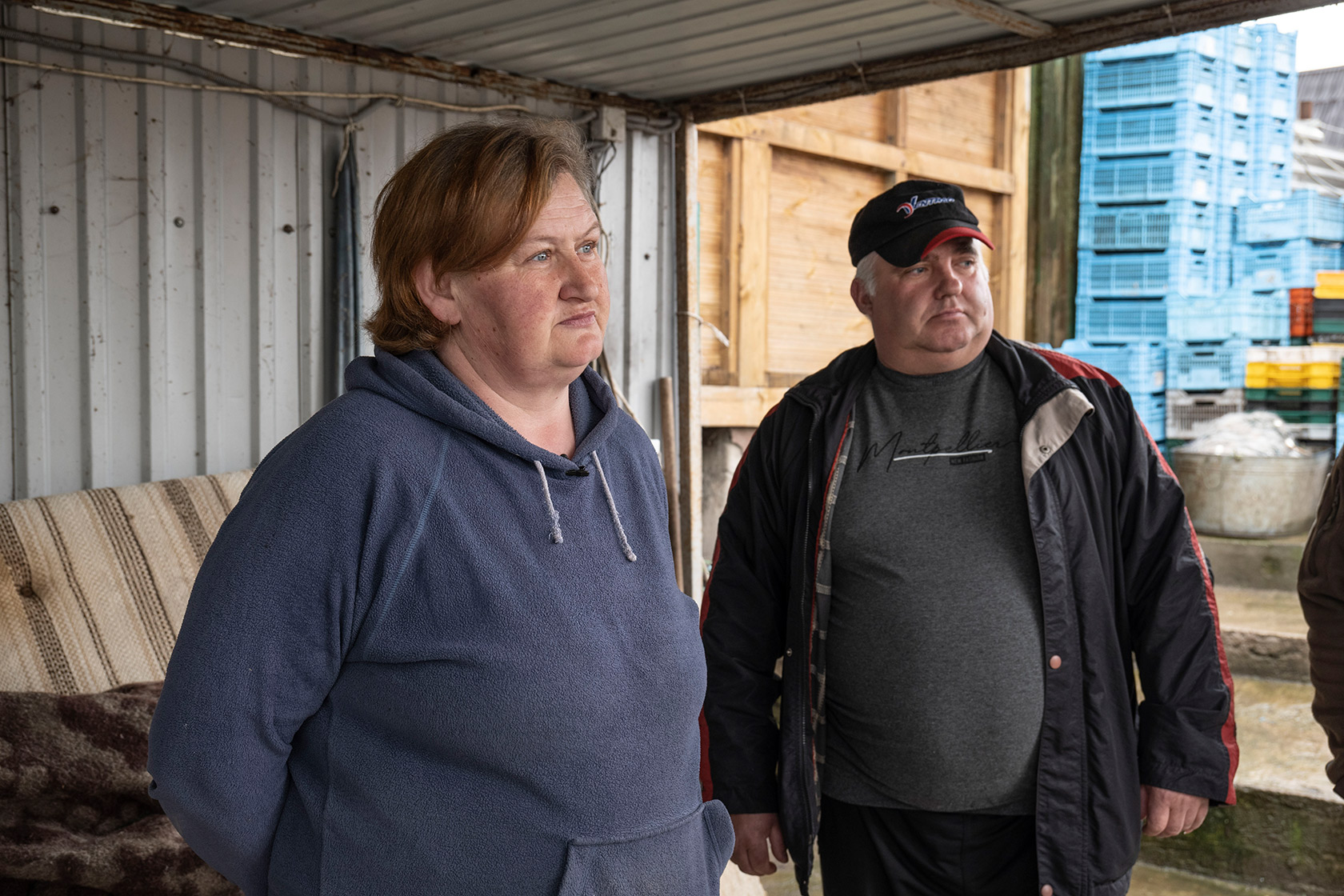
Enemy tanks stood fifteen kilometers away, near the village of Orane, cutting off the road to Ivankiv and large tracts of land.
“We have been abandoned for a few times on February 24. There were no police or border guards. Nobody told us anything.”
“It was as if were were trapped. There was ice all around. In front of the orcs. On the sides of the forest. Our appendix, our peninsula, mini-Crimea, as we call it, was cut off: Strakholissya, Gornostaipil, Fruzynivka, Zorin, Gubin…
“But our hands were not tied,” – Alyona smiles.
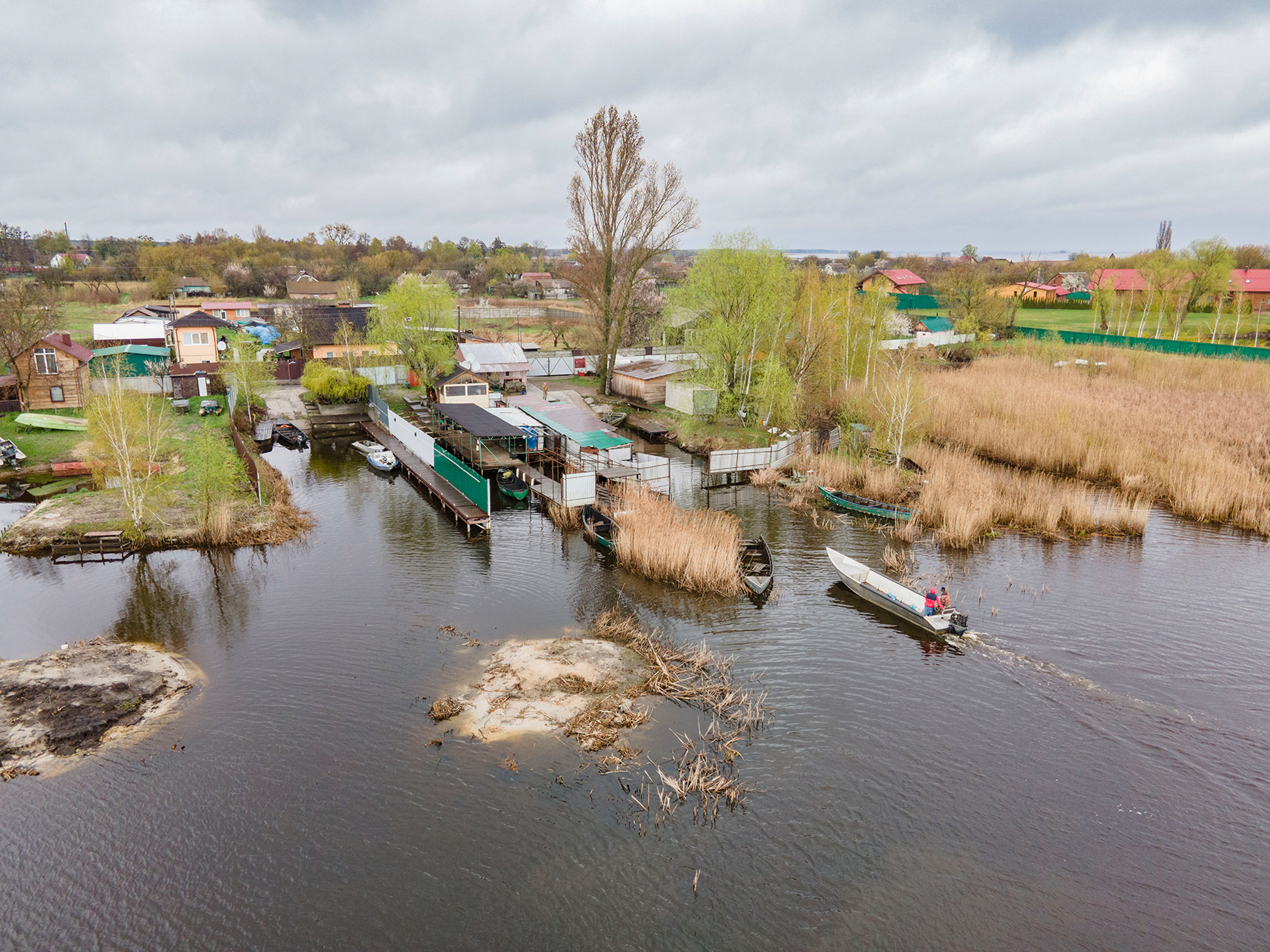
The locals did not dare to go to Orany and further to Ivankiv, where the fighting took place. Russians checked tattoos and searched for “Nazis” at checkpoints.
There was news of the peaceful convoys being shot.
Strakholissya, where about 600 people lived, began to fill with refugees from the Children, Orany, Fruzynivka.
“It was a little calmer here, many families fled to us from that fear. We conducted a census – in our village only in the first days there were about 200 visitors.”
If the orcs came to us, it would be possible to escape only in the woods or across the water, – says Aliyeva
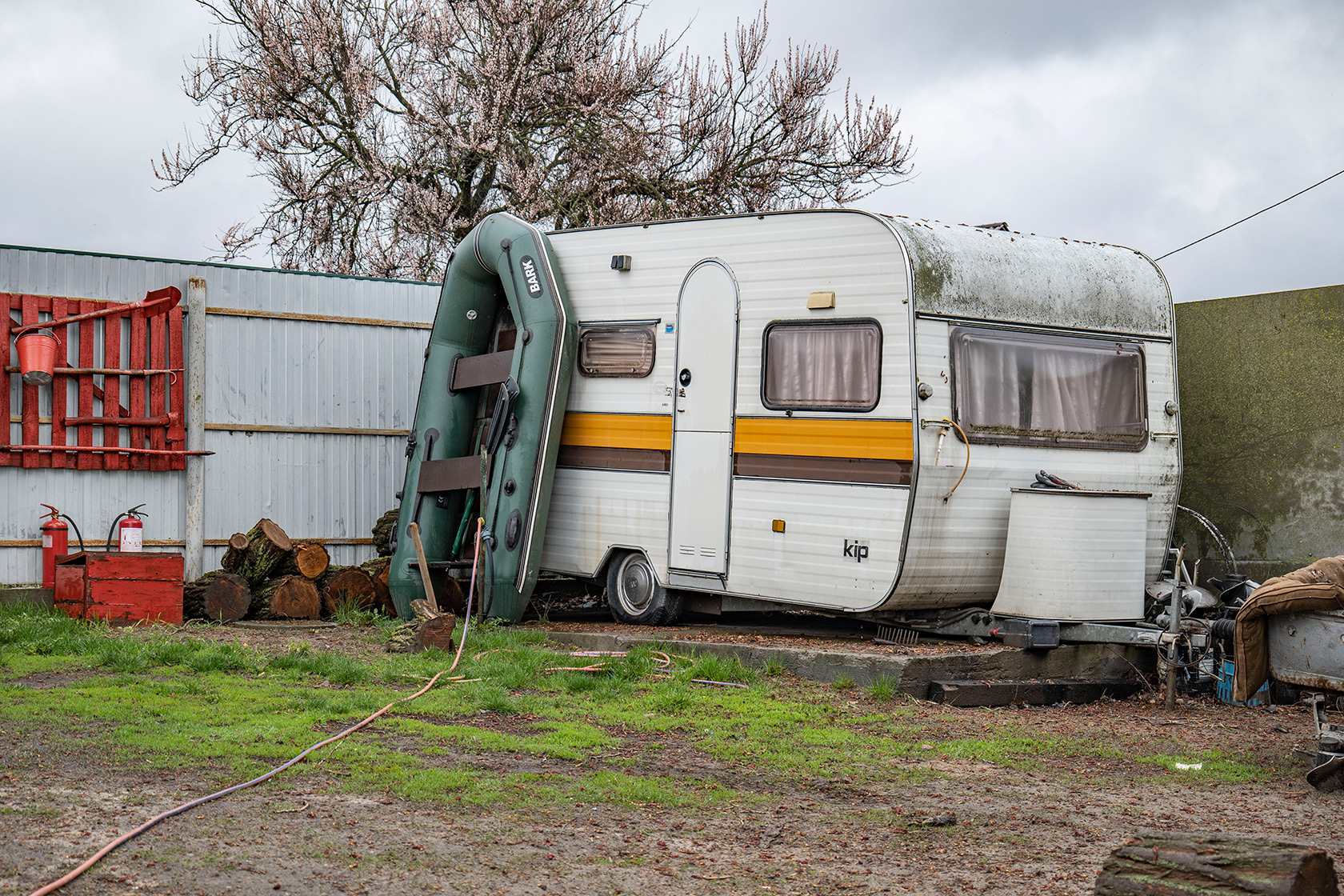
A few days passed after the invasion, and mobile communication disappeared – the enemy put silencers. People found some points where they could catch a weak signal. They called Kyiv and asked for help.
Within a week, they began to panic. The most difficult thing was the ignorance of what was happening around. From the constant expectation that the occupiers will come to Straholissya.
“You will not live long on a fish. You ran out of oil, and flour, and you won’t be full without bread, right?”
“We called friends in the capital for help. They brought food to the other side via Vyshhorod, and we took it by boat,” – Alyona shares.
On that first flight, they obtained three bags of flour and made a list of those who need it more. It was five hundred grams per person.
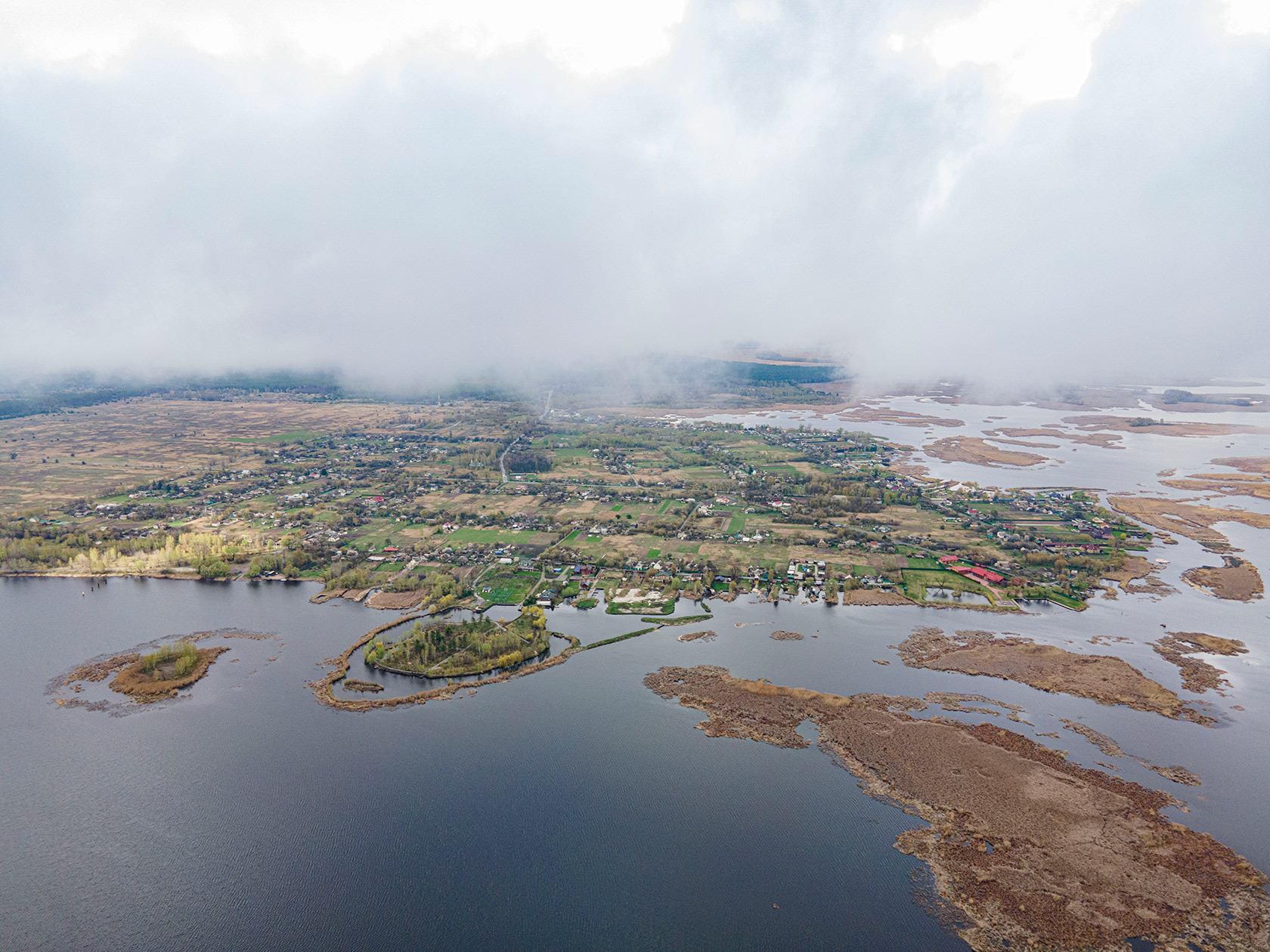
After the success of the first test trips, fishermen and activists set up an evacuation center in Strakholissya, connected to several points on the left bank, at the junction of Chernihiv and Kyiv regions.
Refugees were taken to the left bank, many of whom went on to Europe. On the right bank – food and medicine were brought.
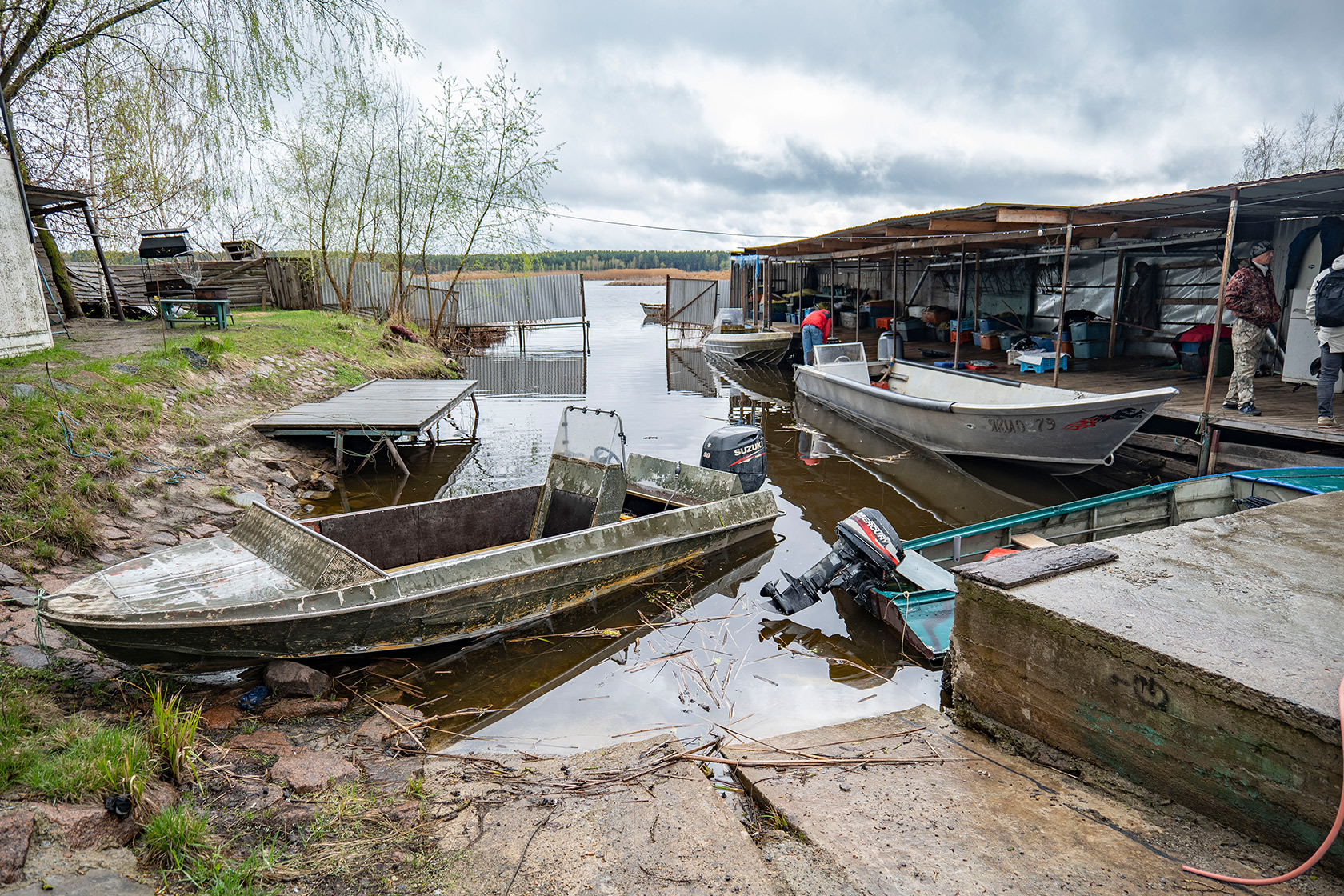
Three pensioners died in a month and a half of isolation in Strakholissya. There was not enough time to help them.
“At first we didn’t even think we would be so drawn to this volunteering,” Aliyeva said. – “But then we realized: who but us ?!”
“It was scary. We heard that further on, in Bohdany, someone betrayed to the orcs those who were also engaged in the transportation of people and food by sea. Orcs followed them, put bags on their heads and took them to Dymer… [a village]
Baby
The Strakholissia is protected from the great waters of the Kyiv Sea [Reservoir] by an archipelago of several islands. The boat with the reporters surrounds the largest of them – Hilcha.
Fishermen increase their speed to seventy kilometers, and the walk ceases to be calm. The bottom of the boat hits the waves like pebbles.
“If you fall at full speed, the first ten meters you will be rolling like on asphalt,” – Andriy shouts over the roar of the engine and the noise of the wind. – “But it’s still a light breeze now!”
52-year-old Andriy, who sits motionless on the edge of the board or on the bow of the boat, is called “Baby” by local women.
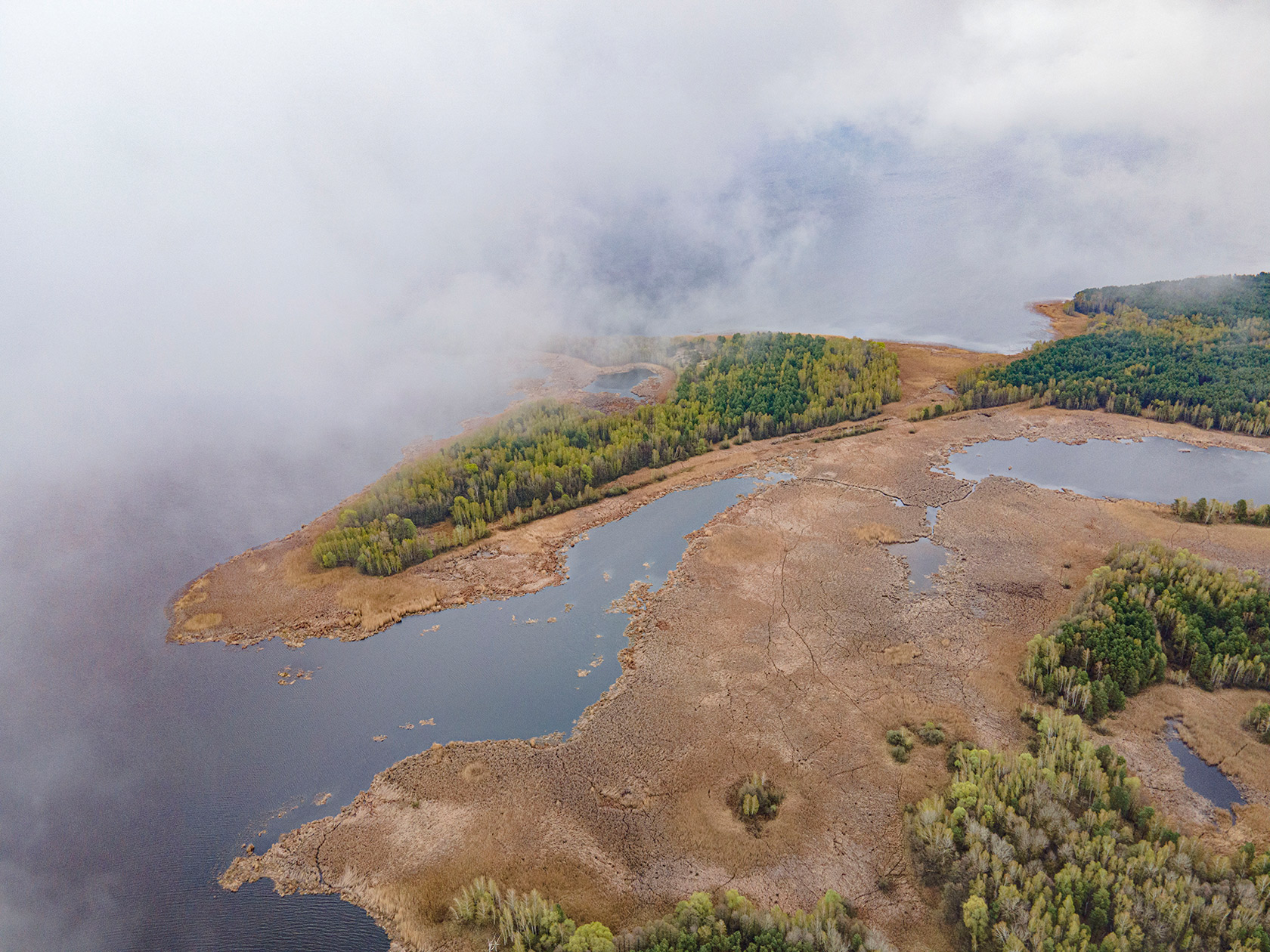
Baby is a chubby native of Kyiv who lived in the center, on the former Henri Barbusse Street, today’s Vasyl Tyutyunnyk Street, not far from the church.
He tried to work as a fisherman in Strakholissya a few years ago. He never returned to the noisy city.
He says his ulcer opens in the capital several times a year. Here the fugitive from Kyiv forgot about the sores. Nature and dietary changes helped.
Before meeting with journalists, Andrew managed to process the beaver. “Disassemble” – so they say here.
“Lean meat, useful. I do not eat fried at all, I love it stewed. We have small beavers here, eight to ten kilograms. And in Pripyat there are up to twenty kilograms.”
“Castoreum tincture strengthens immunity,” – he shares.
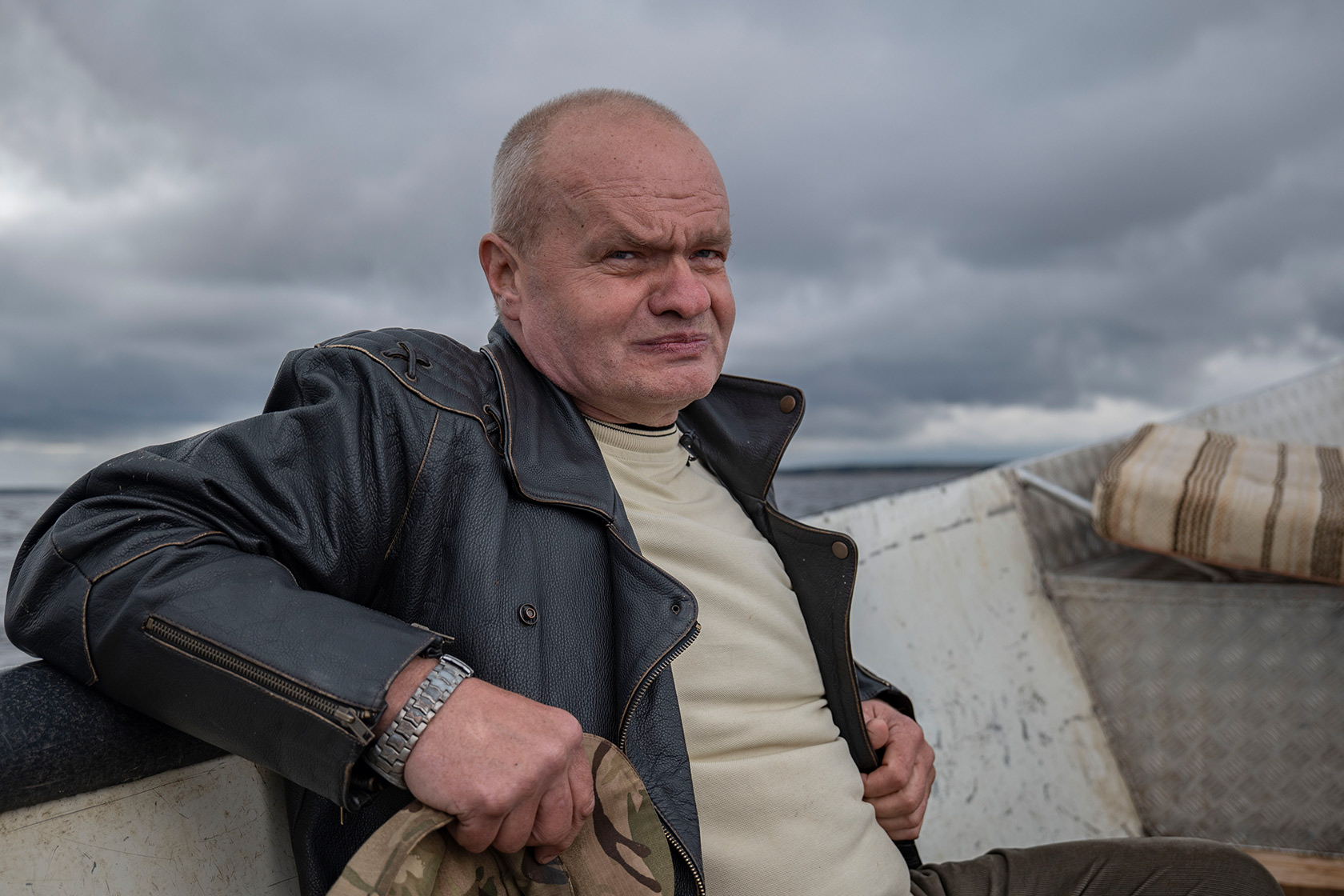
Looking in all directions, Andriy tells how the crossing was organized for refugees and humanitarian workers.
“Storm is an uncomfortable thing. If you are on the nose, you can beat the kidneys. It is impossible to sit here normally, people suffered a lot, so we mostly put men on our noses,” – the fisherman recalls.
“Gusts of wind can reach 25 m/s”, – he says. – “It all depends on his direction. When the west or south wind blows, the waves are very big – mamma mia!”
“For some, such a trip is a huge stress. When we reached the other shore, we almost kissed the ground with happiness.”
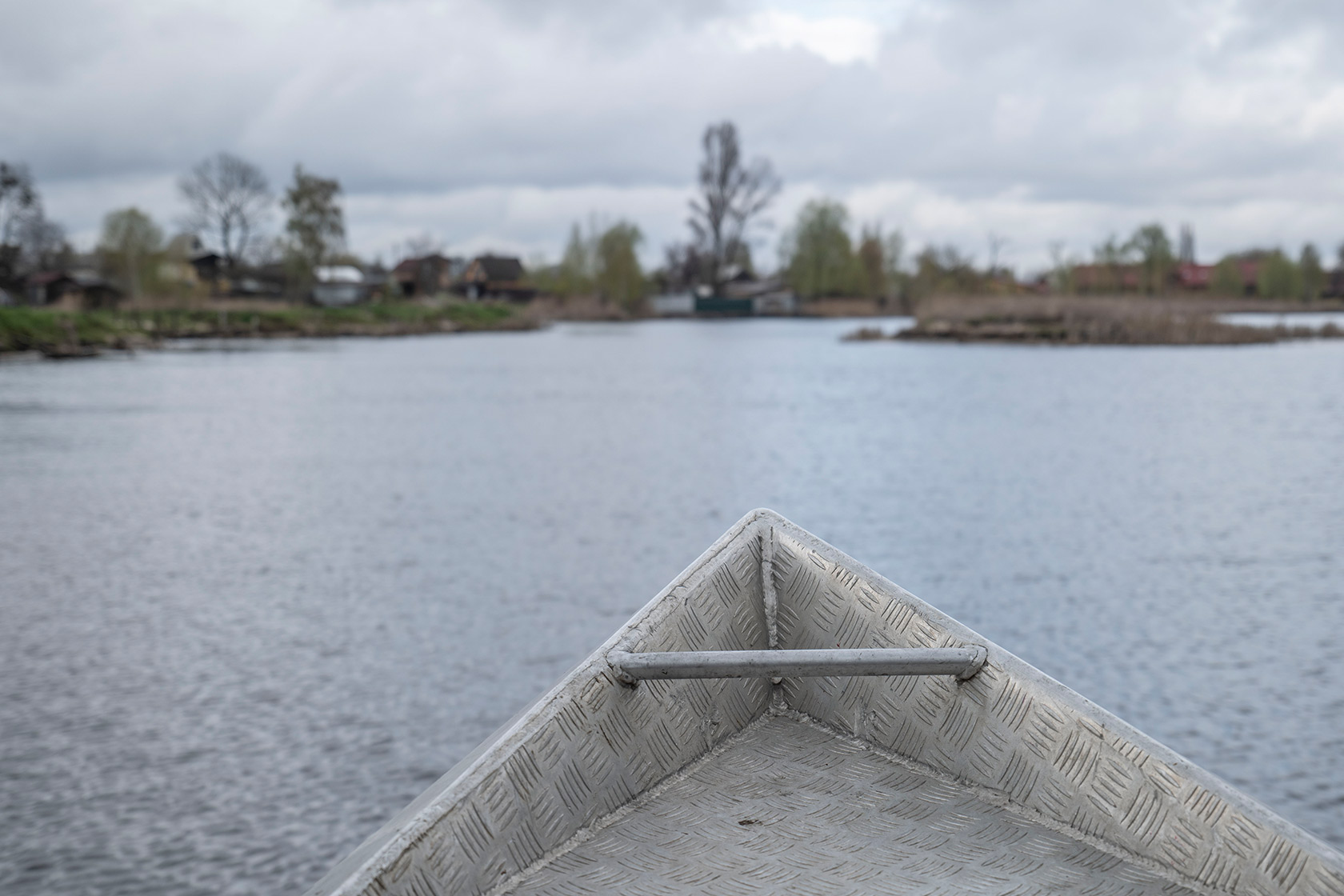
There were several evacuation points on the other side. In good weather to the farthest – 40 minutes walk. In a storm – an hour or more.
“There, it turns out, the orcs were standing” – Andriy waves in the distance. – “It is comfortable to swim in good weather, but we were in sight. I’m surprised no one shot at us. But we are not offended by them for this.”
They walked periodically along the shore, watching us swim. They might have thought we were teasing them.
The stupidity of the conquerors turned out to be commensurate with the huge area of the Kyiv Reservoir and the surrounding lands.
What looks like a big spot on Russian headquarters maps is, in fact, a huge canvas woven from floodplains, islands, swamps, estuaries, forests and the spirit of Ukrainians.
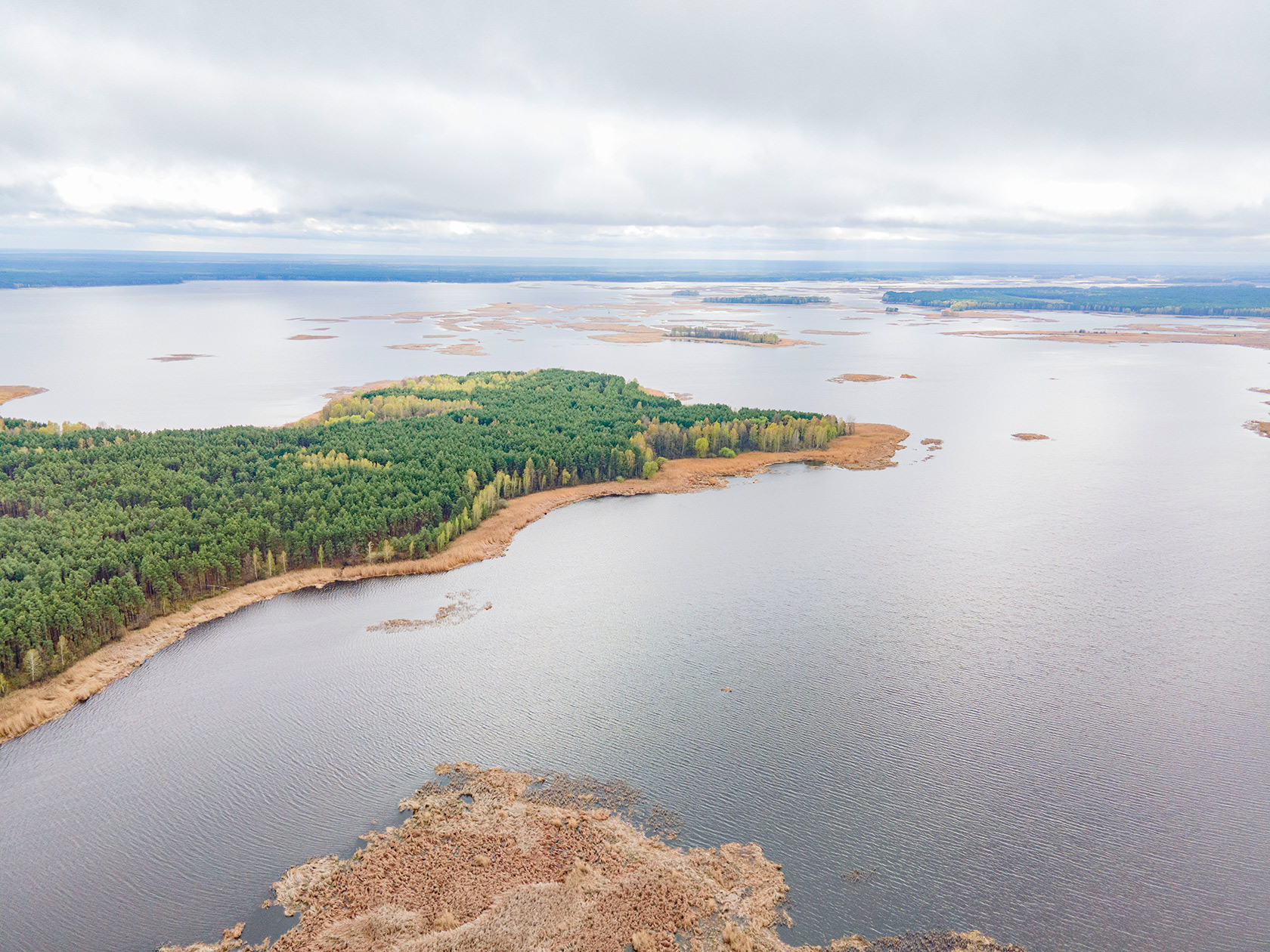
It is worth taking a boat for at least half an hour and looking back to understand: it is easy to get lost here, even with modern means of navigation.
It seems unrealistic to keep these lands under occupation for a long time.
Now that the enemy has fled, the locals are relieved to say:
“In the forest, between Bohdany and Sukholuchye, there is a small village Pylyava. They drove past it and never got there. We also brought a humanitarian aid there and took people out.
In general, the occupiers arrived unprepared. They didn’t notice a lot of things. And thanks God!”
Oleksandr
On June 23, 1986, by a decree of the Presidium of the Verkhovna Rada of the Ukrainian SSR, the village of Strakholissia was renamed to the melodious Green Cape. Even toponyms had to be silent about the Chernobyl disaster.
The local thickets were never intimidating. The original, dark name of Straholiss was returned a few years later.
Alexander Kulin was four when the neighboring Chernobyl erupted. He, like most of his fellow villagers, had no special problems with radiation in his life.
In March 2022, people in Strakholissia felt a strange dryness in their mouths.
“Orcs dug trenches there in the Red Forest, so they probably raised all this radiation dust that came to us,” – people joke.
Kulina, 39, is one of those who has been cruising the right and left banks of the Kyiv Reservoir for more than a month. Carried goods. He saved the elderly, women and children.
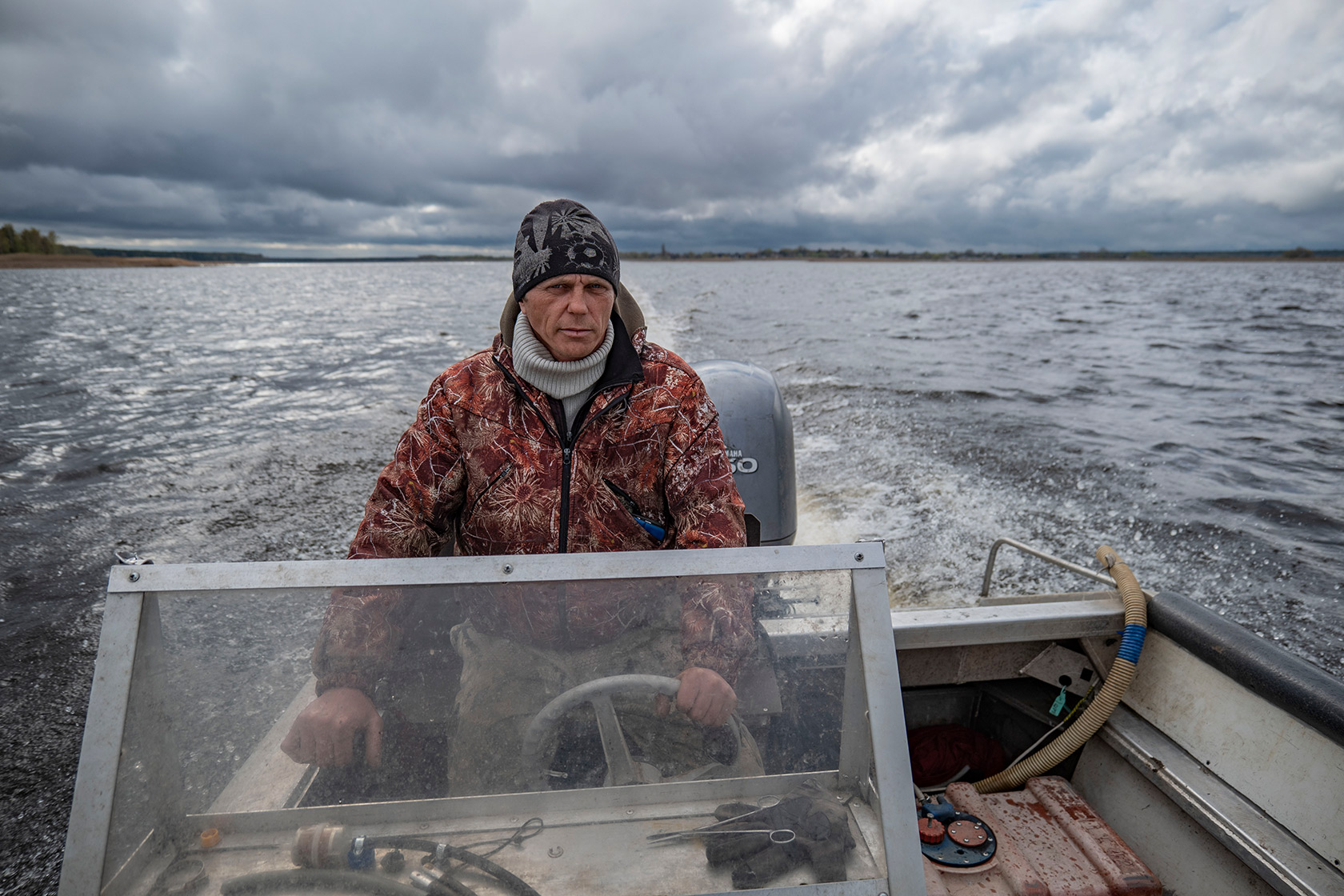
A maximum of sixteen were placed in a large, eleven-meter boat, which could accommodate up to thirty people if desired. There were two tasks: not to drown and to go as fast as possible more than ten kilometers to the other shore.
“We had such a road of life here!” – The fisherman happily inhales a cigarette. – “We sailed under drones, helicopters, planes! So we drove as fast as we could to get to the other side faster”
Speed is sixty kilometers. You can’t come under fire. You can not reduce the speed so that the boat, loaded with things, people, dogs and cats, did not go to the bottom.
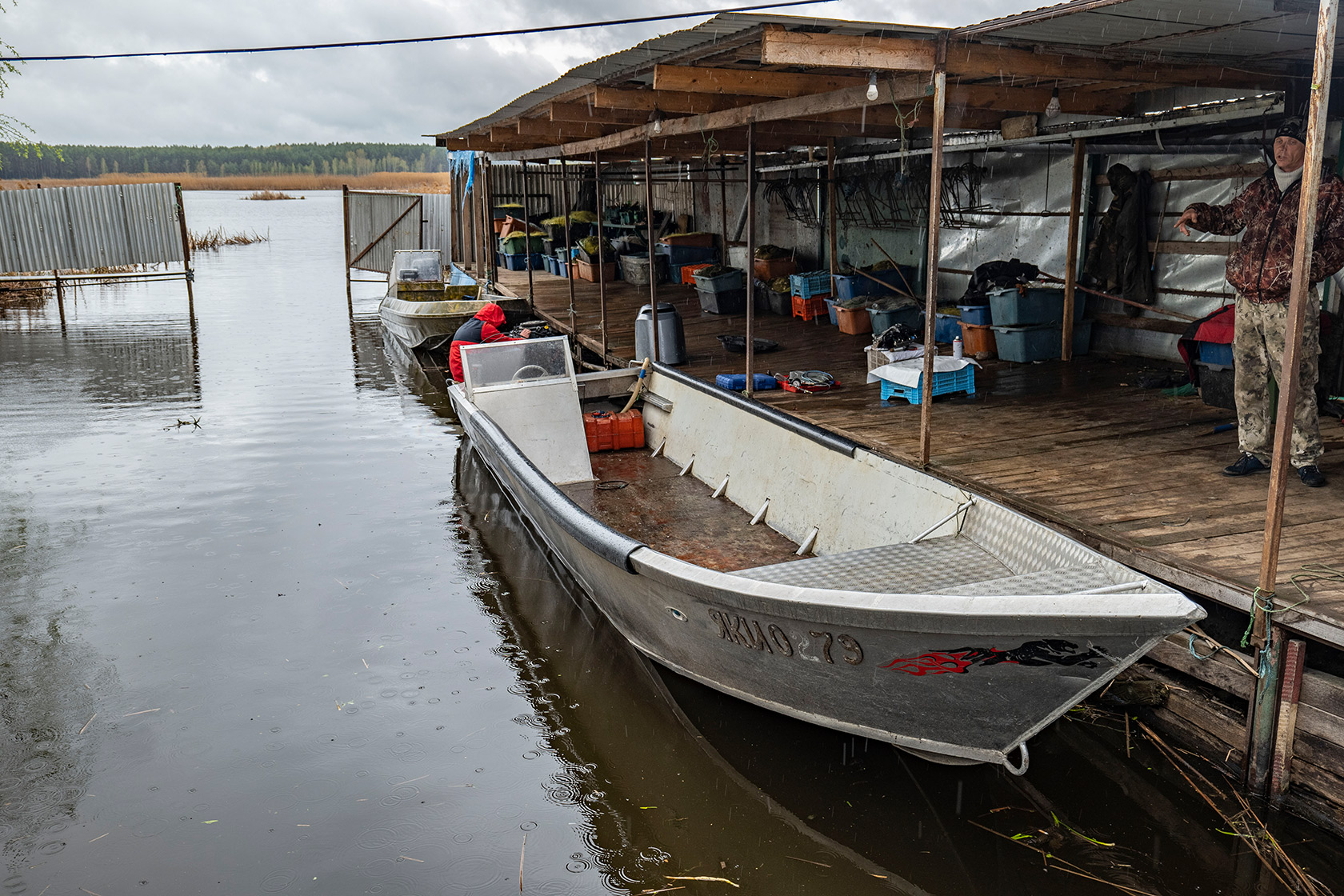
There were days when the frost lasted to minus ten Celcius. The waves on the big water reached two meters.
“If it’s a storm, you woudn’t wish this on the worst enemy,” says Kulina. – “Everyone came wet. Sometimes we changed clothes three times a day. And back on the boat.
Those who are not used to going in such a wave said that while moving you can easily understand exactly where the liver is.”
Realm of the living
Founded in 1400. Population: 720 people. Area: 1.4 km. Population density: 514.29 people / km². Zip code: 07225. Phone code: +380 4591.
In the article “Strakholissya” on Wikipedia, the village with a scary name has only a few lines. But after February 24, 2022, this invisible point on the map becomes of great size.
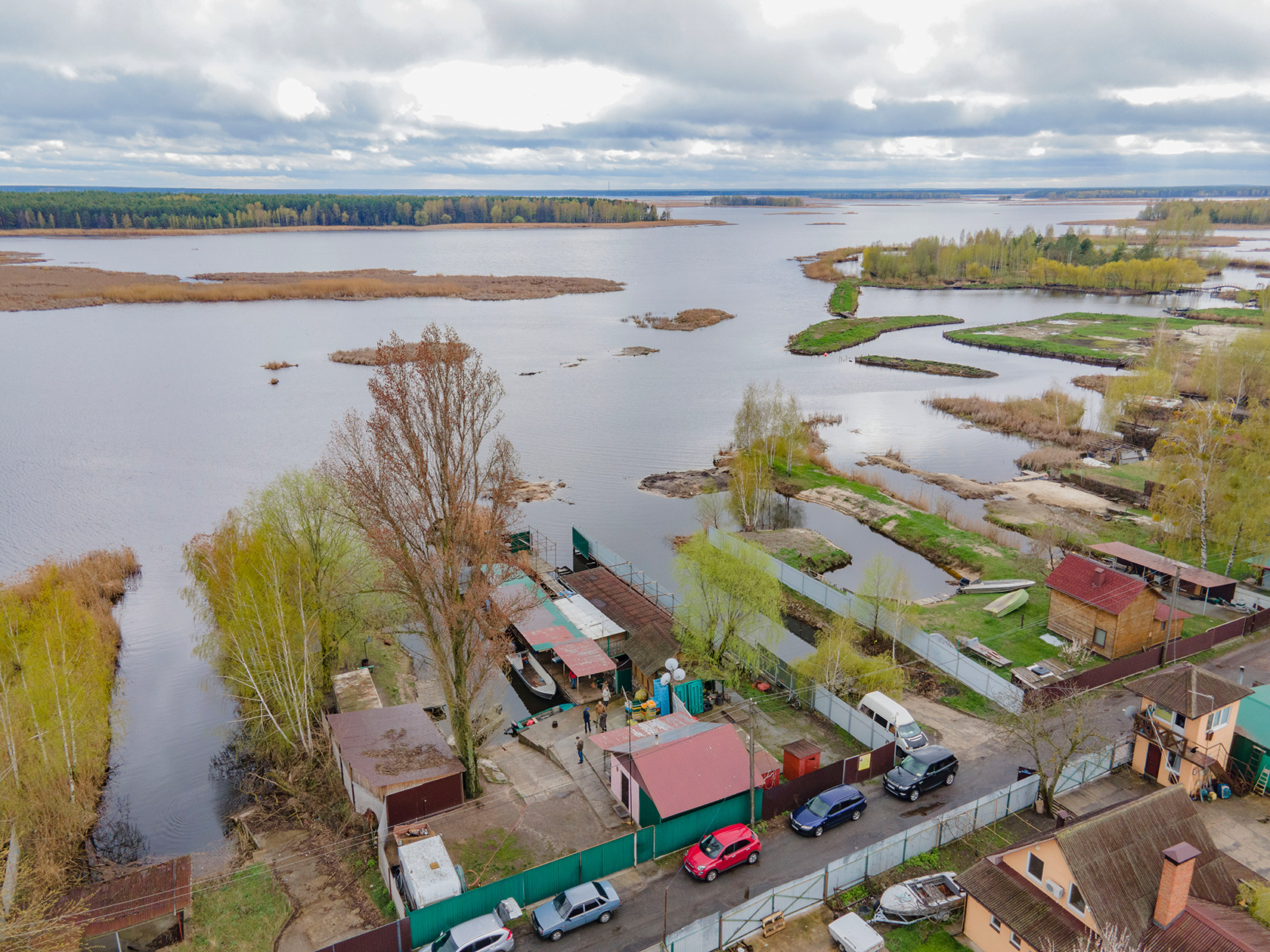
At the heart of the new epic, which is now being written in Strakholissya and throughout Ukraine – ordinary people.
Many of those who helped people at the Kyiv Reservoir ended up there by accident. But for those who believe in Divine Providence – not by accident.
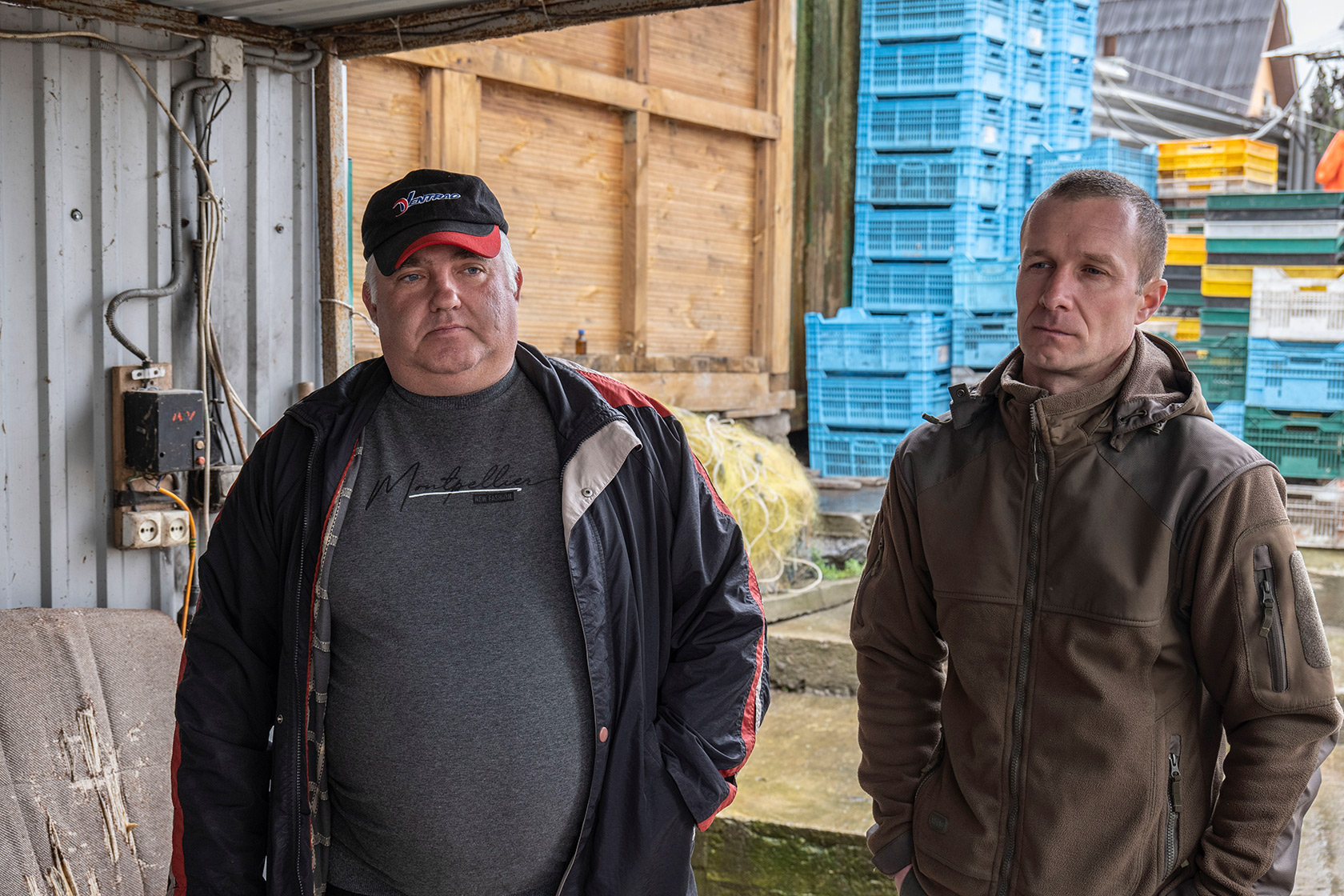
A few years before the invasion, Alyona Aliyeva, Andriy “Baby” and their fishing friends Stanislav Zakusil and Andriy Mudrachenko were left in Strakholissya.
“It happens,” laughs Alyona. – “I came for five minutes and stayed for a long time. We are all here for five minutes.”
Aliyeva, a native of Starokostiantyniv in the Khmelnytsky region, came to Strakholissya to rest. Once she got married and never came back.
To many questions of acquaintances “Why?” and “For what?” now there is a strong answer. All of them stayed for various reasons to organize a crossing in the cold spring of 2022.
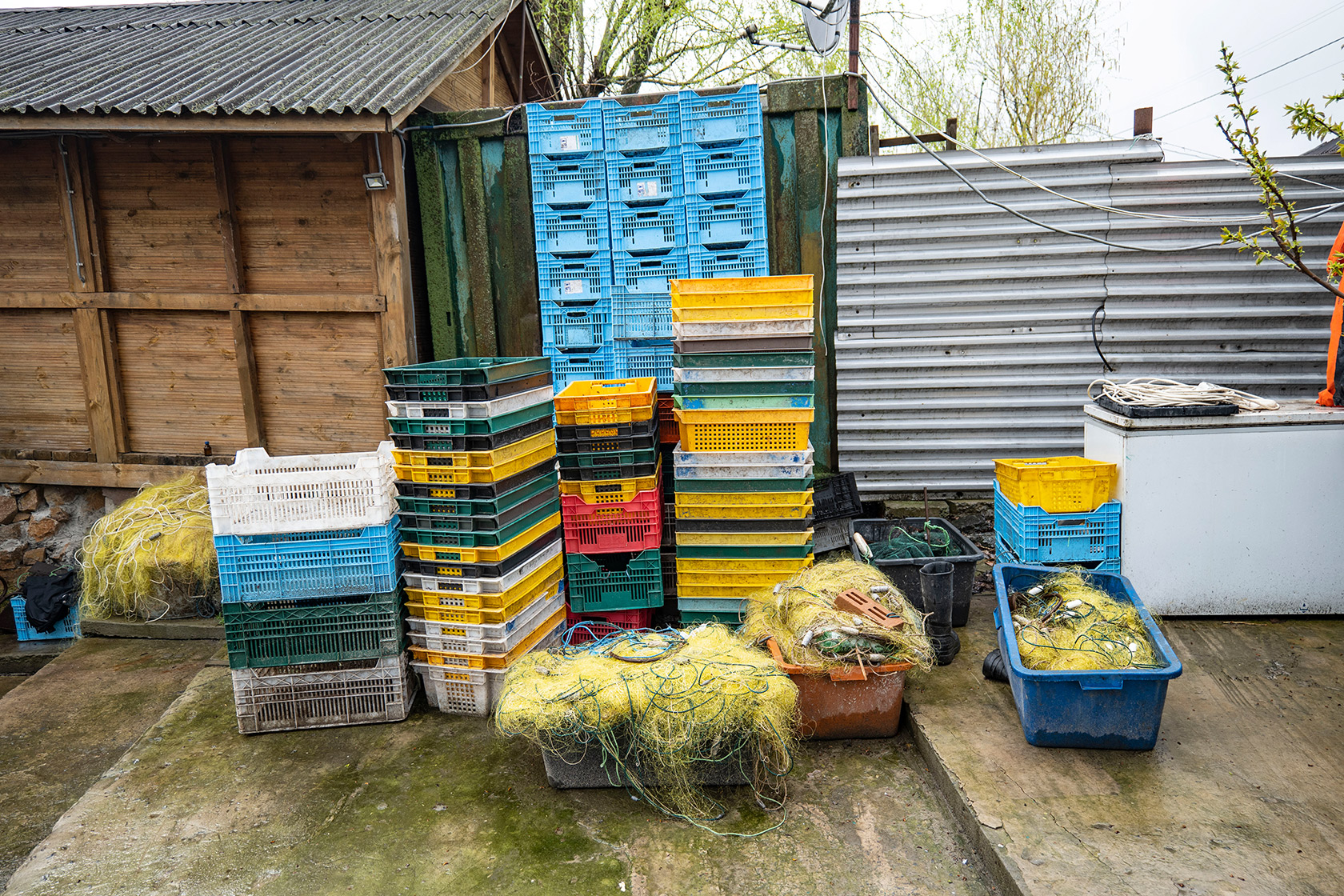
Between a few modest lines about Straholissya in Wikipedia, in addition to dry statistics, there is a lot of humanity.
The main thing is voiced by the locals: “We have proved that Ukrainians are extraordinary. We are ready to unite and help each other in the most difficult situations.”
“Ukraine is Anti-Russia,” the propagandists shouted. But what is bad for a Russian is a virtue for others.
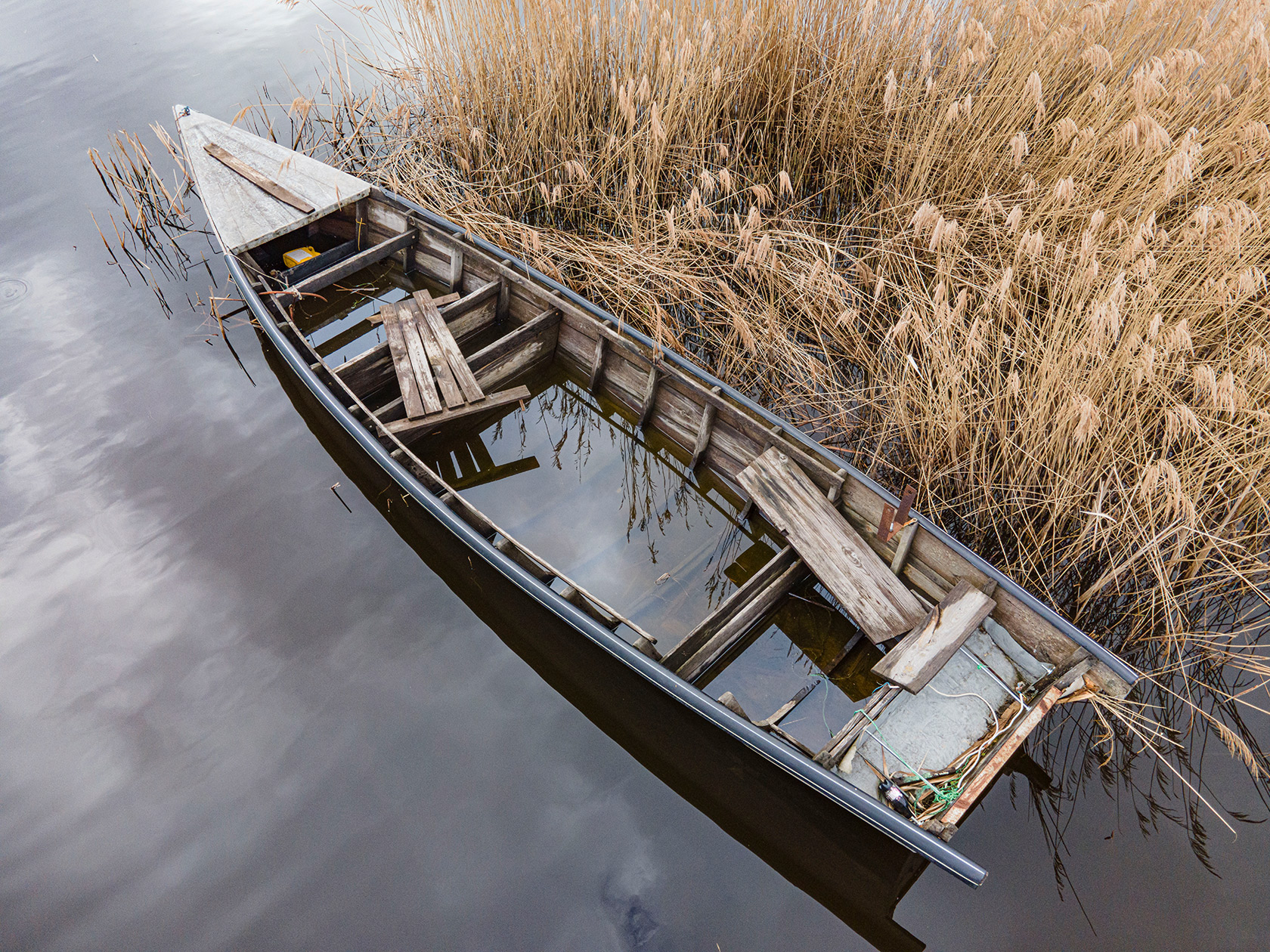
The great chapter of the tablets, dedicated to the Strakholissya, has long included two main characters. One is an ordinary Ukrainian fisherman who saves souls in the realm of the living. Another is a Kremlin old man who works on the crossing into the realm of the dead.
You don’t have to be a prophet to know who will win the heavenly Oscar.
Yevhen Rudenko, Eldar Sarakhman, Ukrainska Pravda





